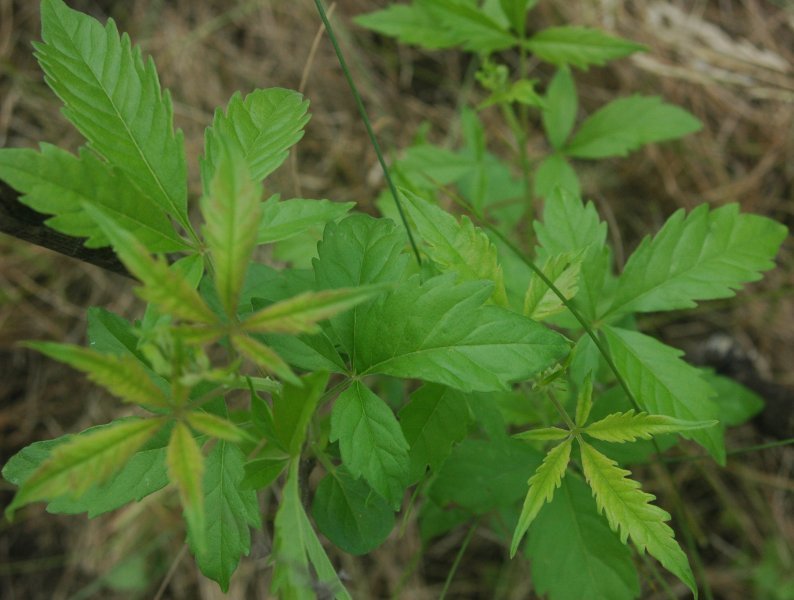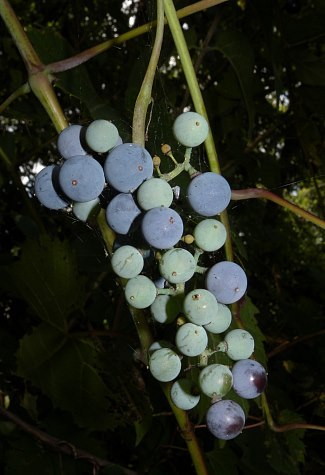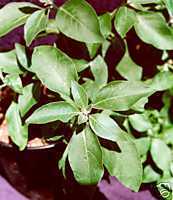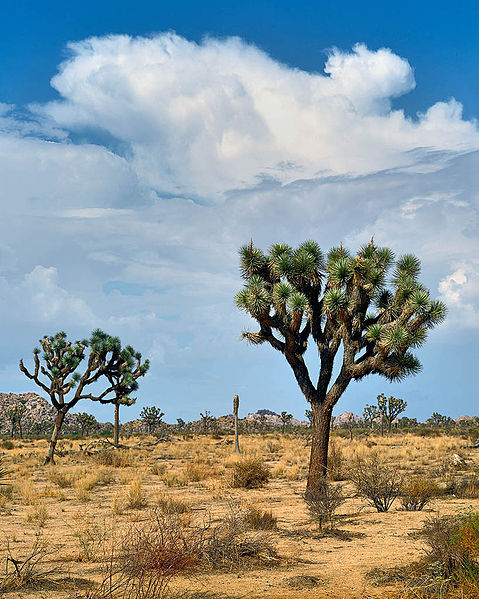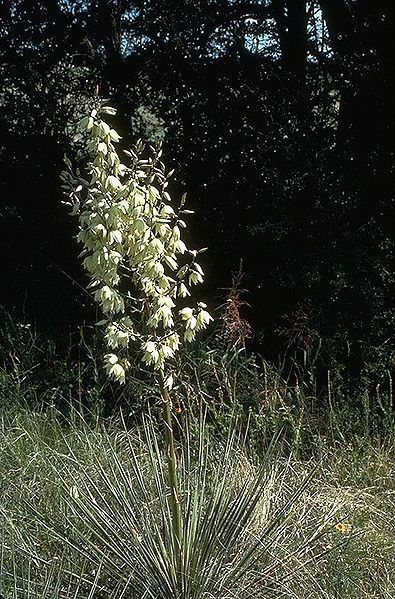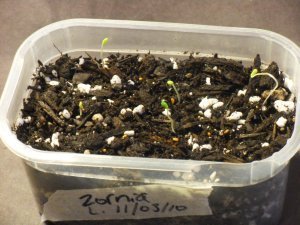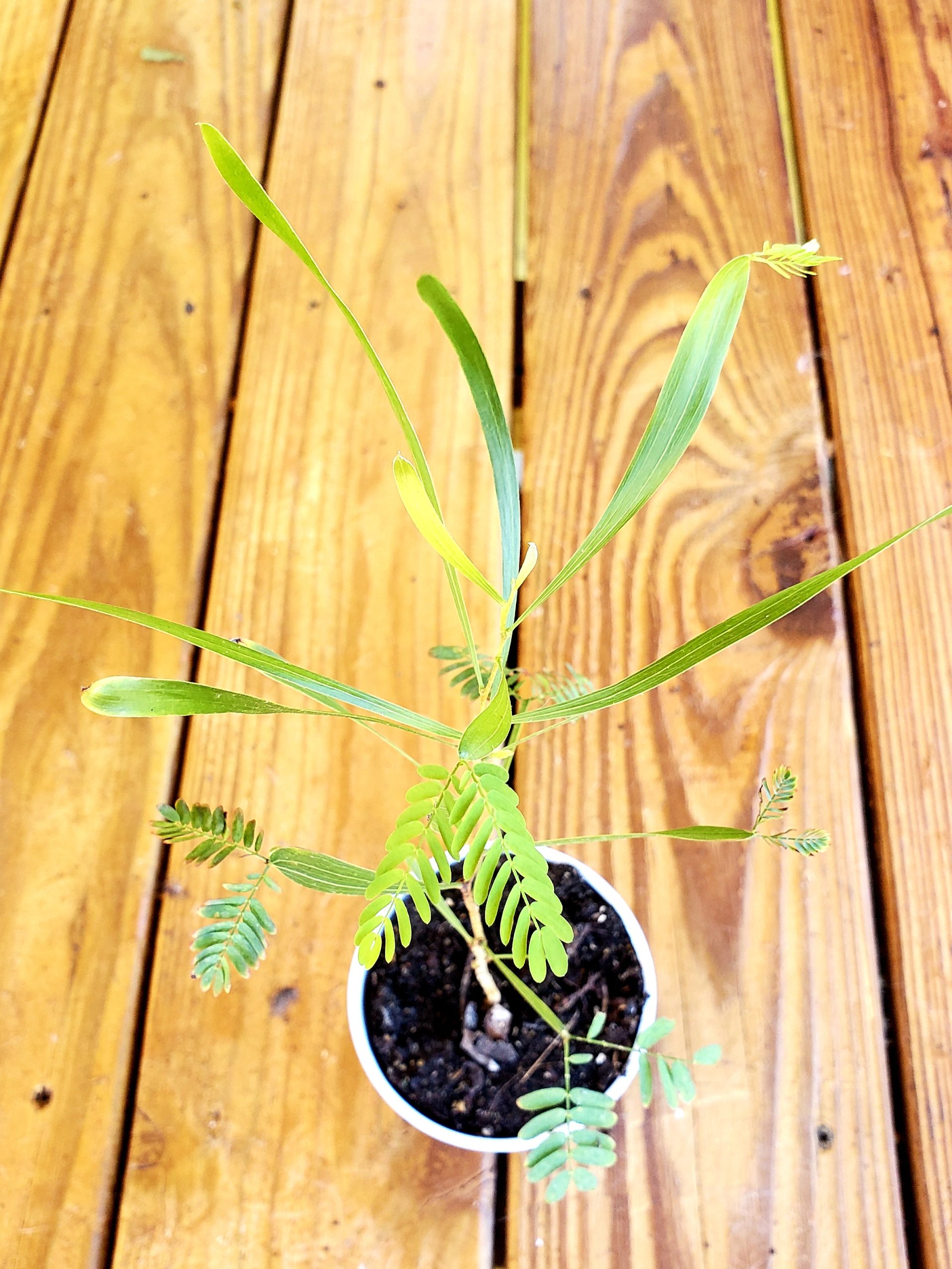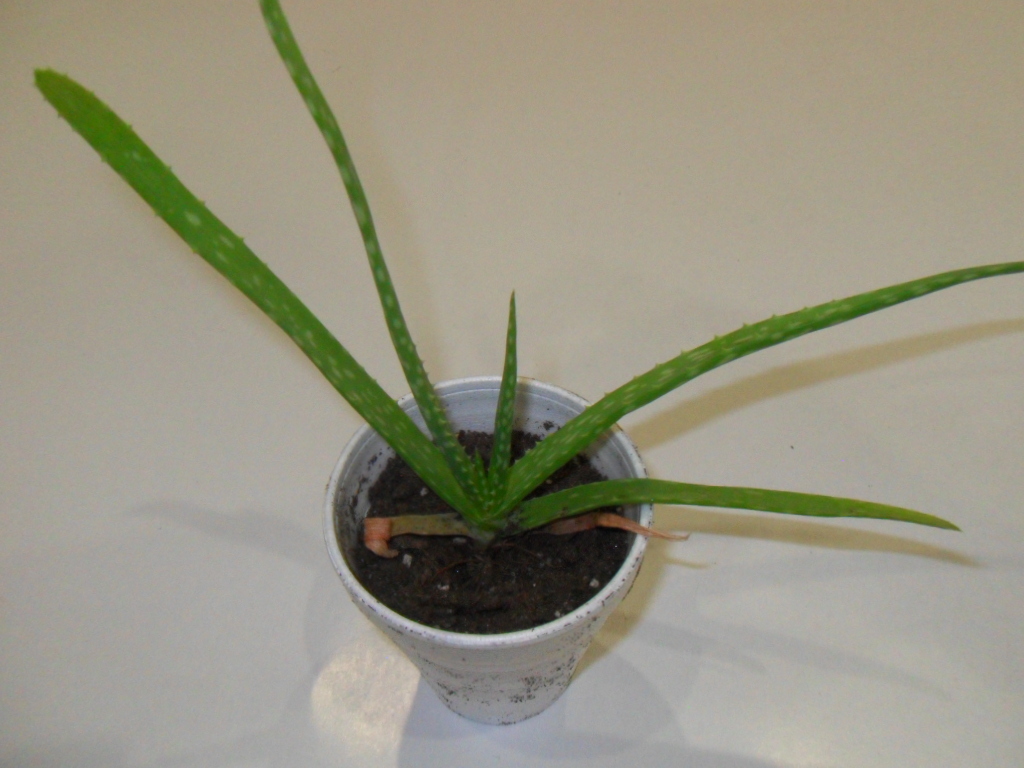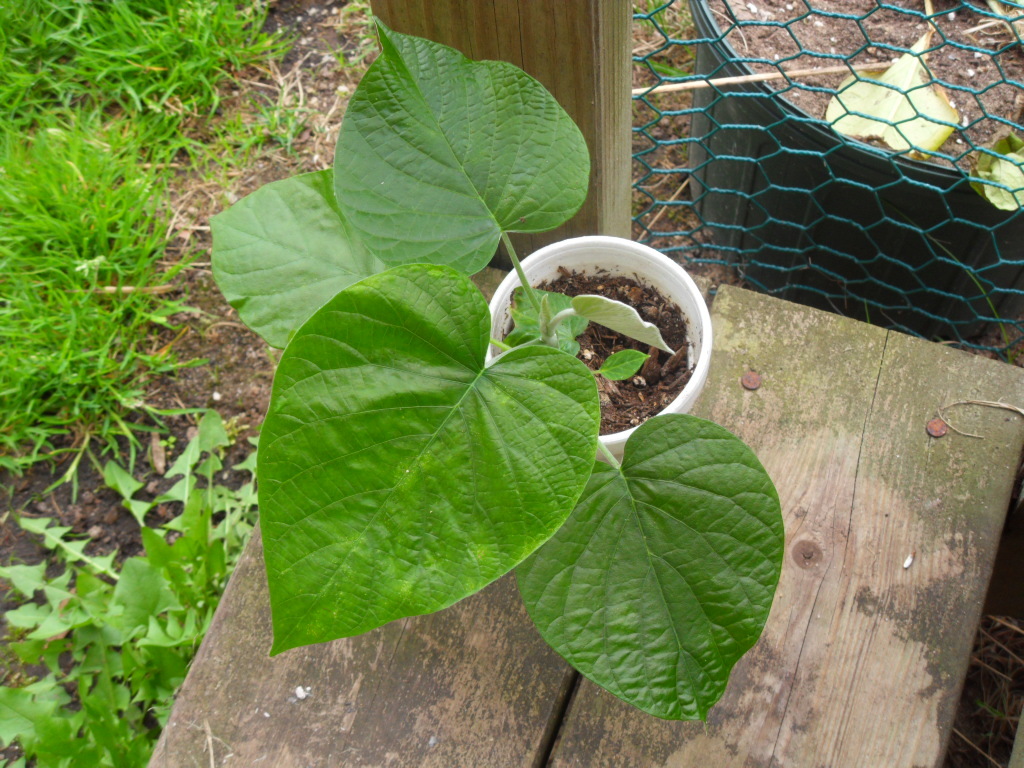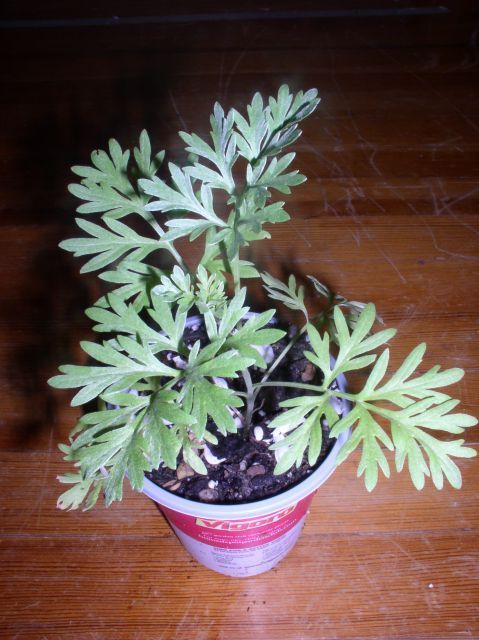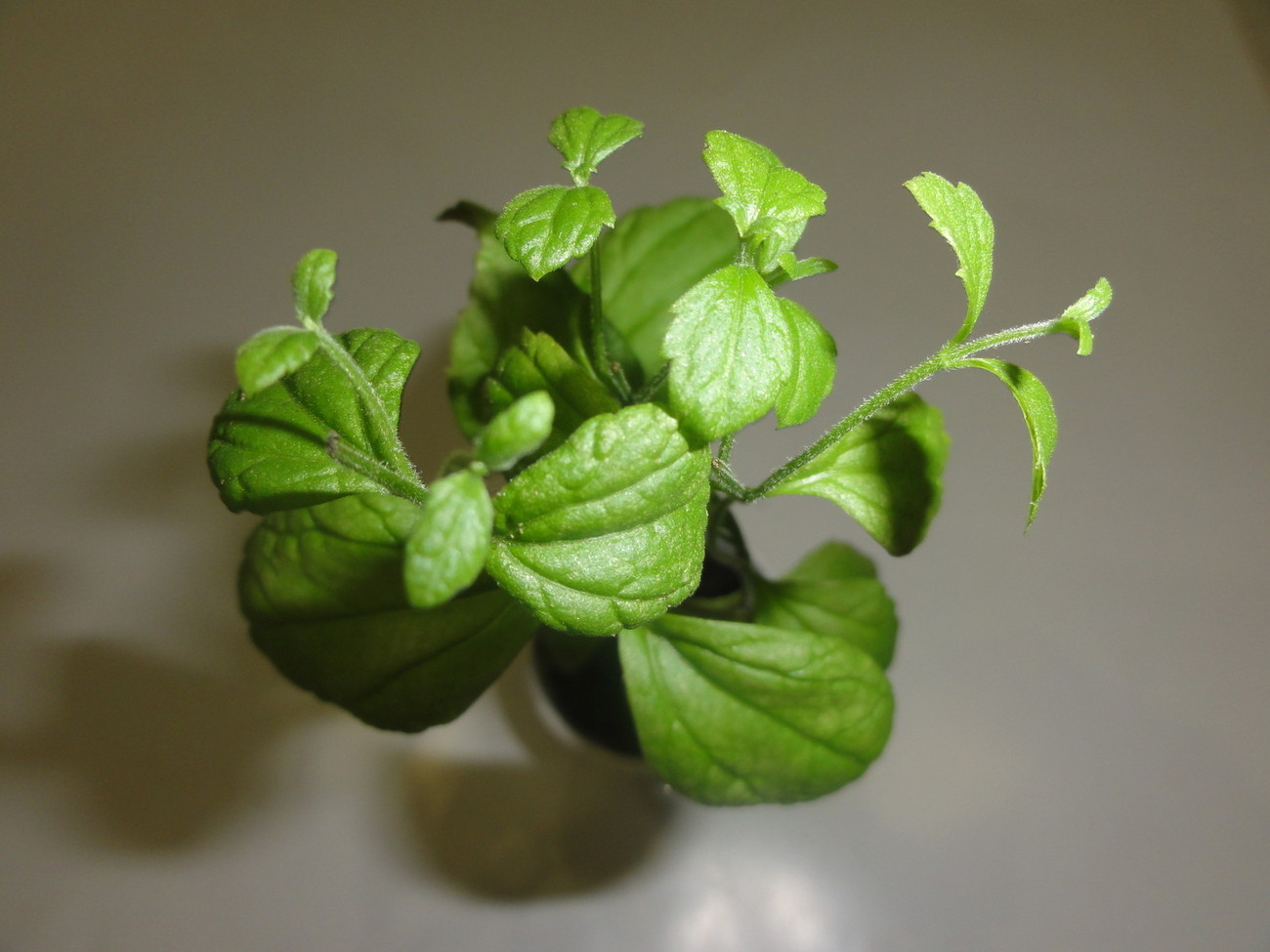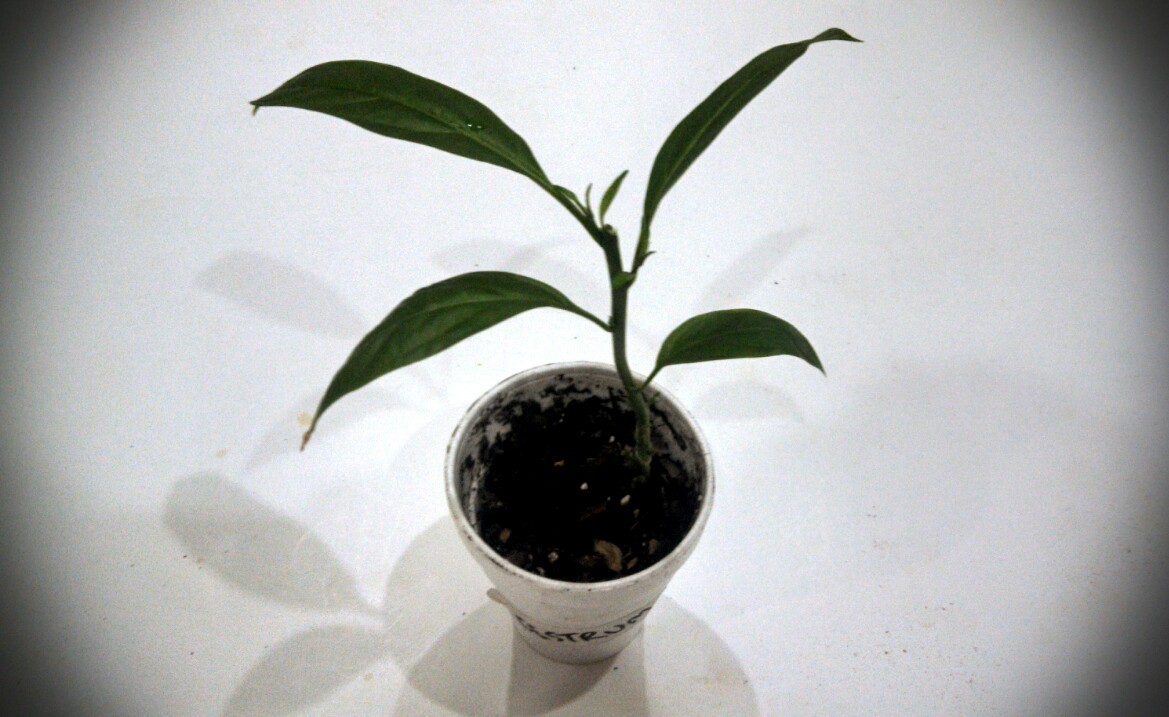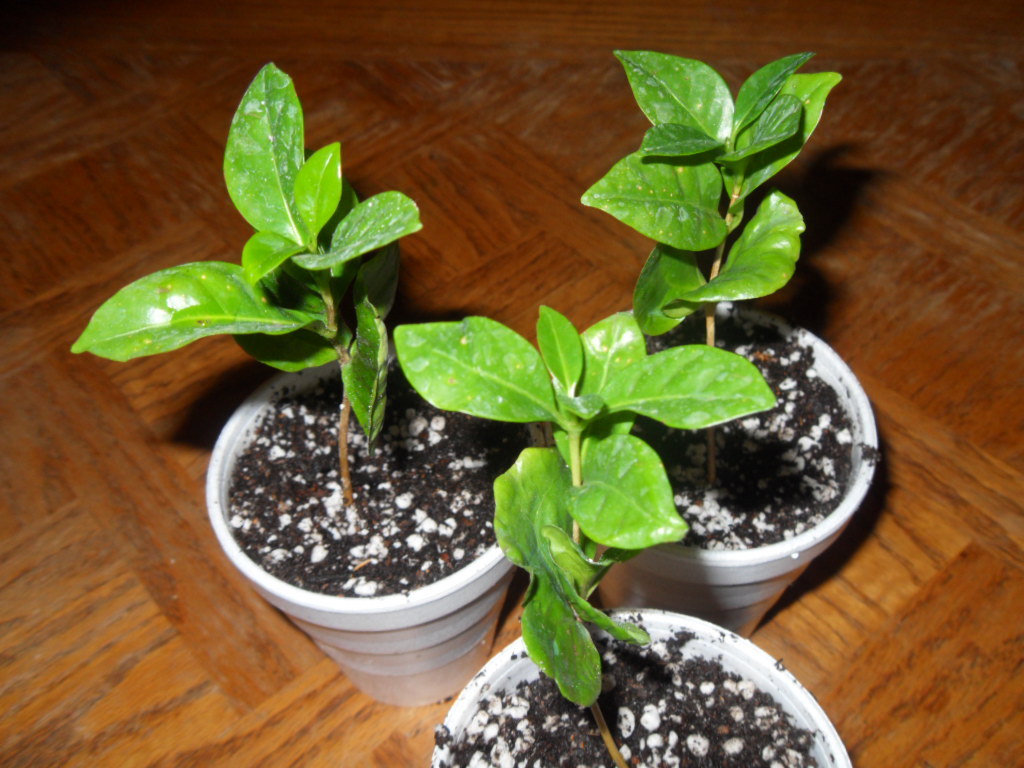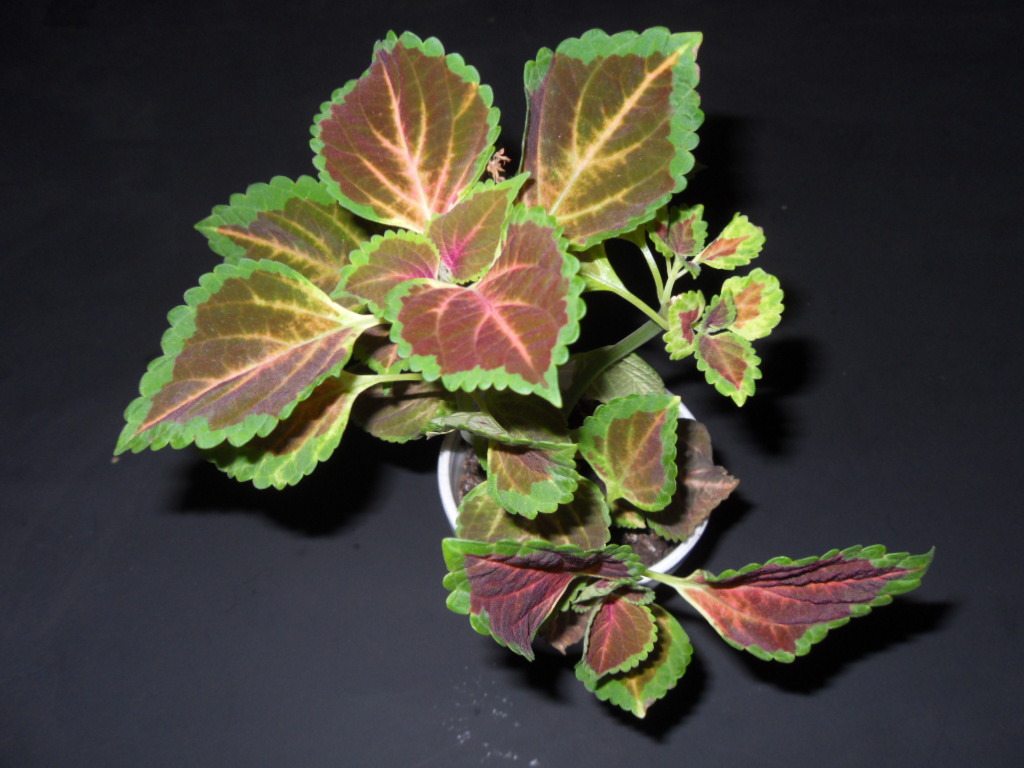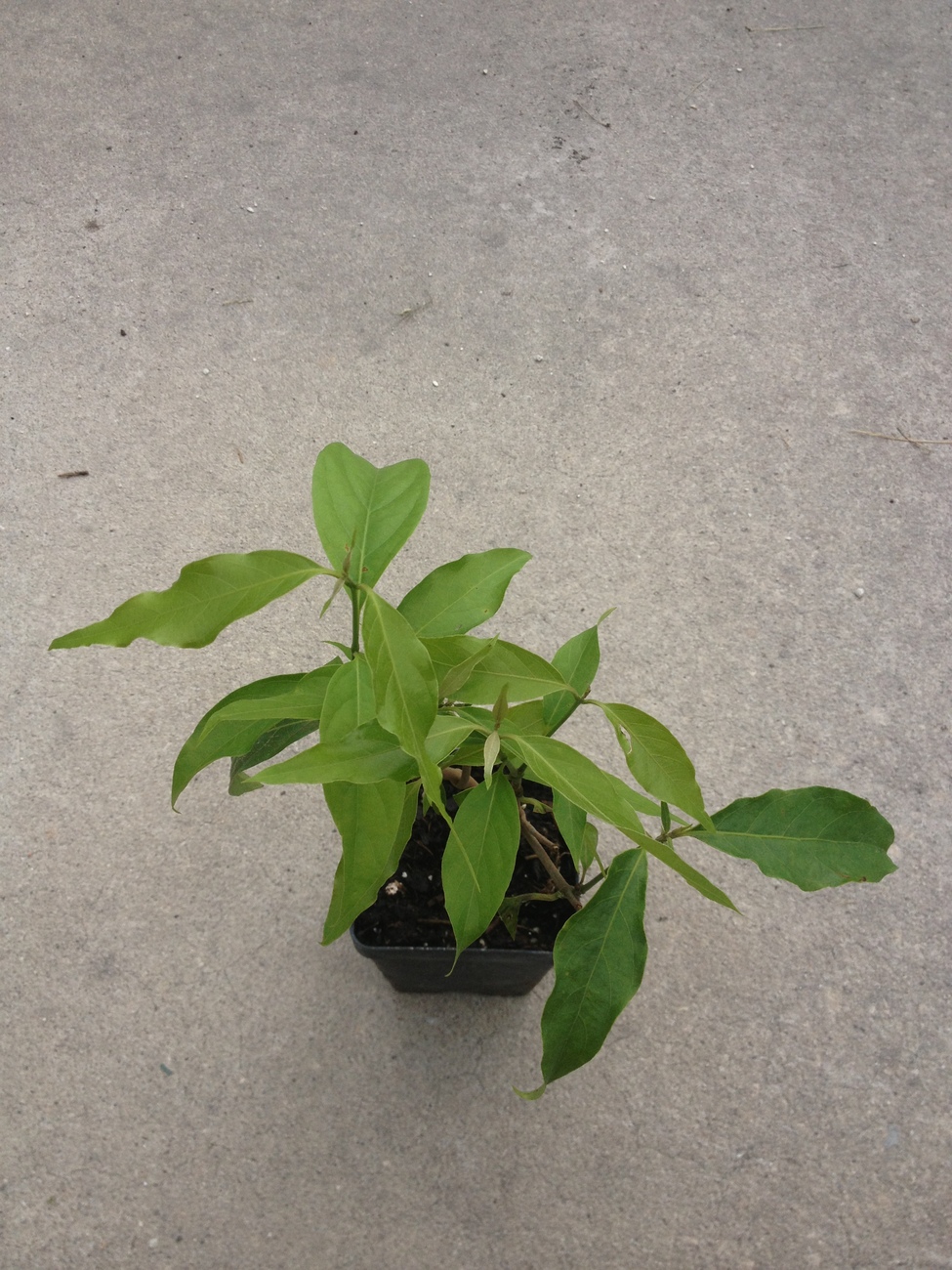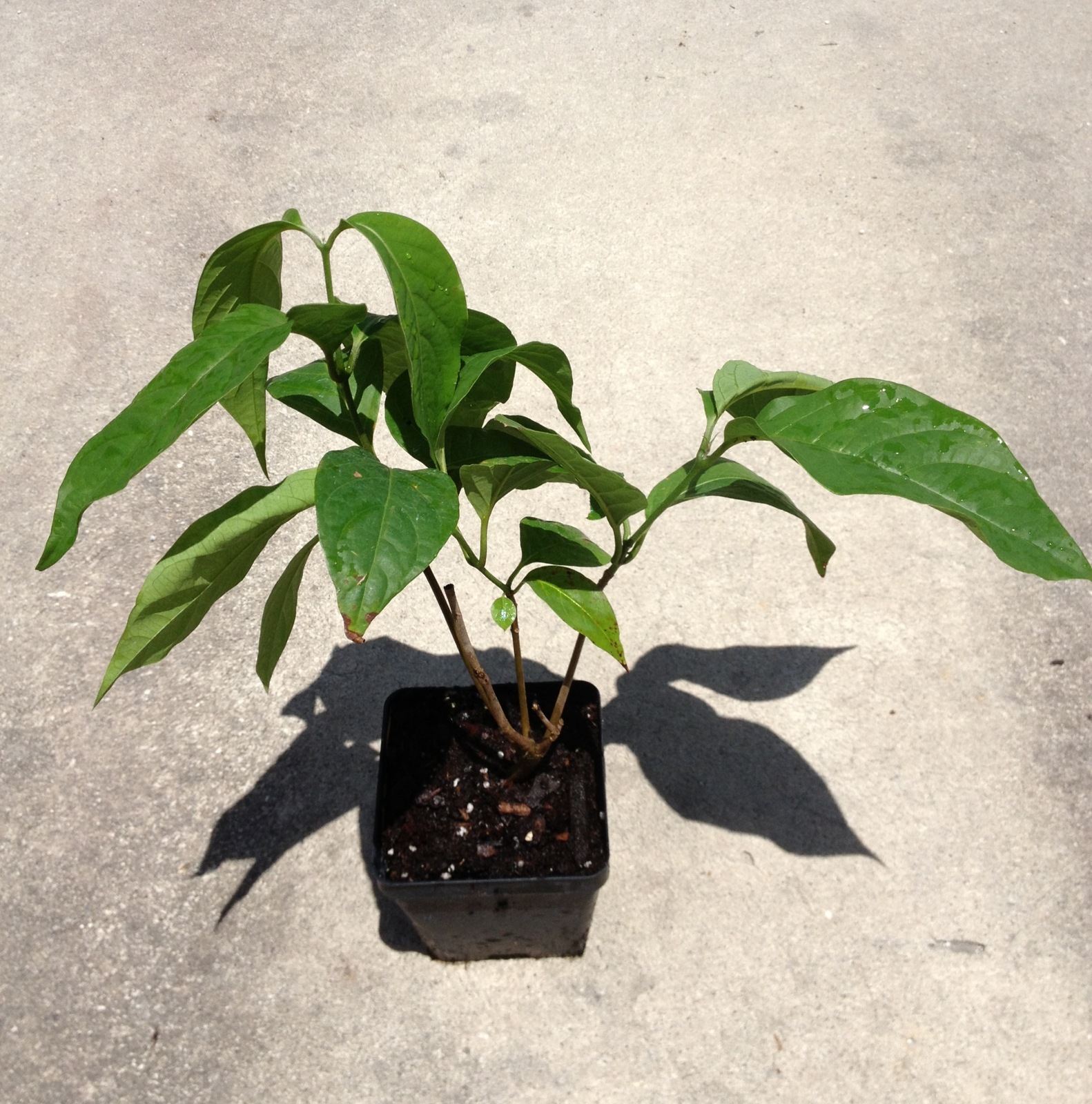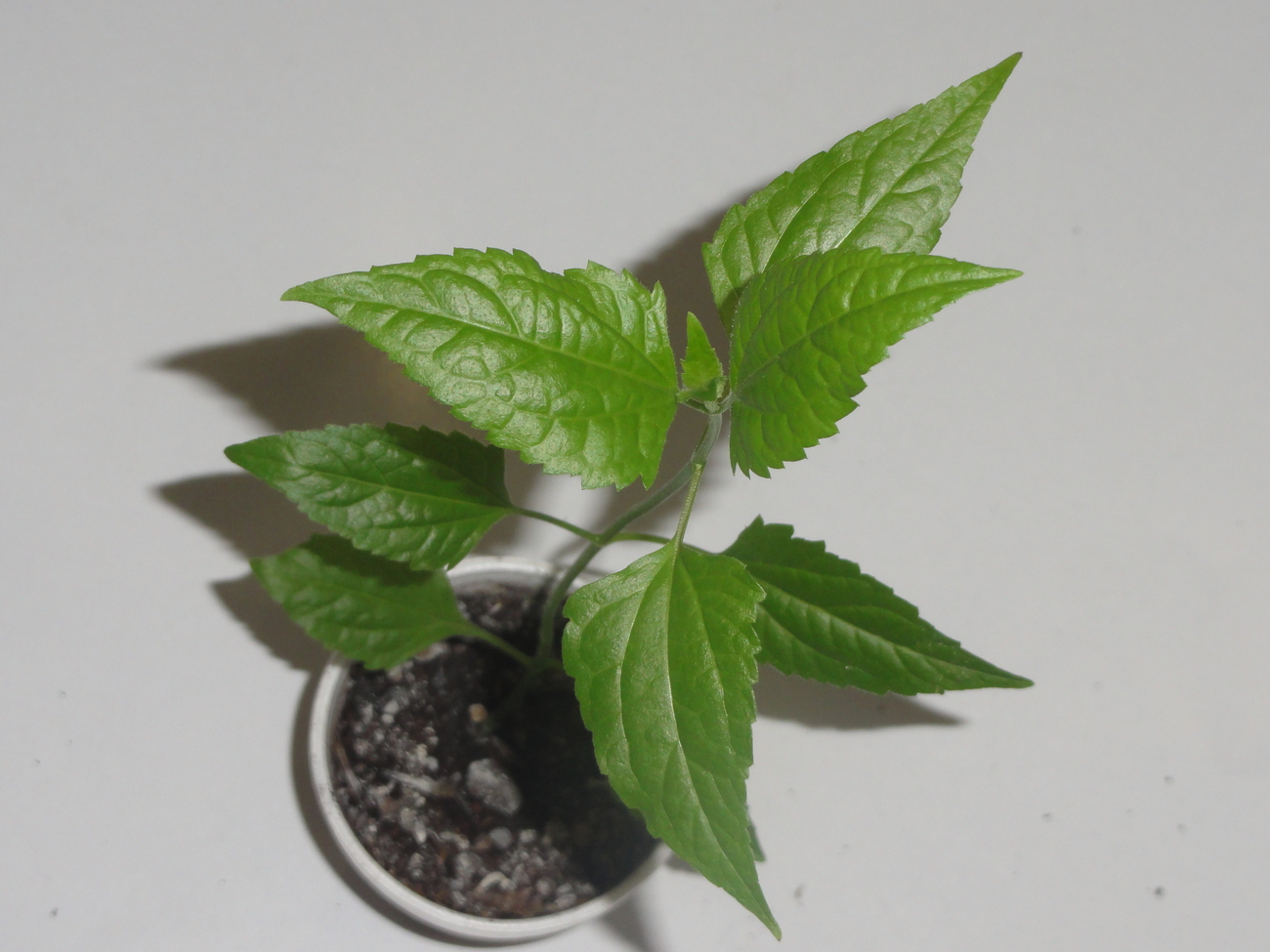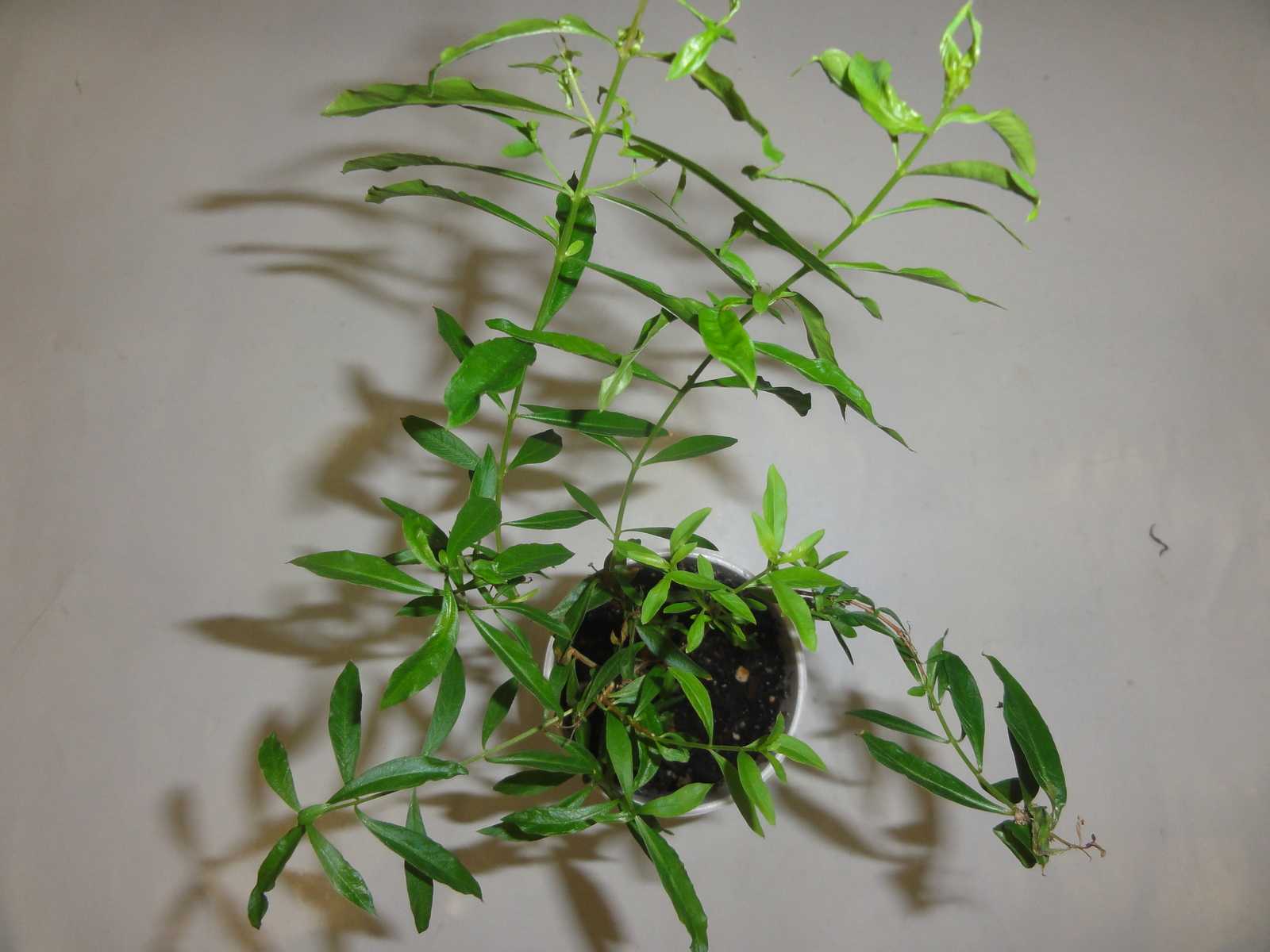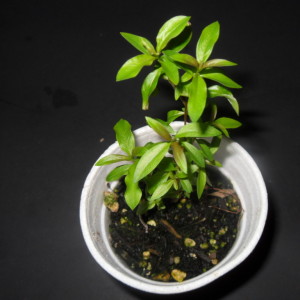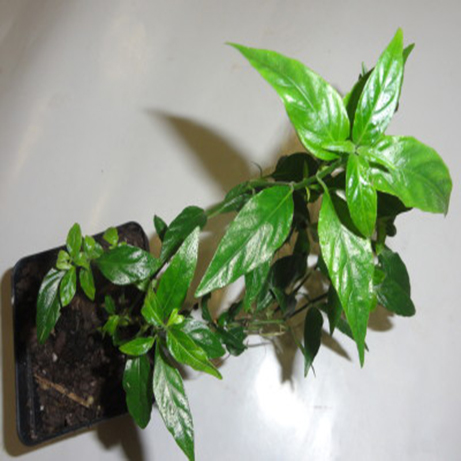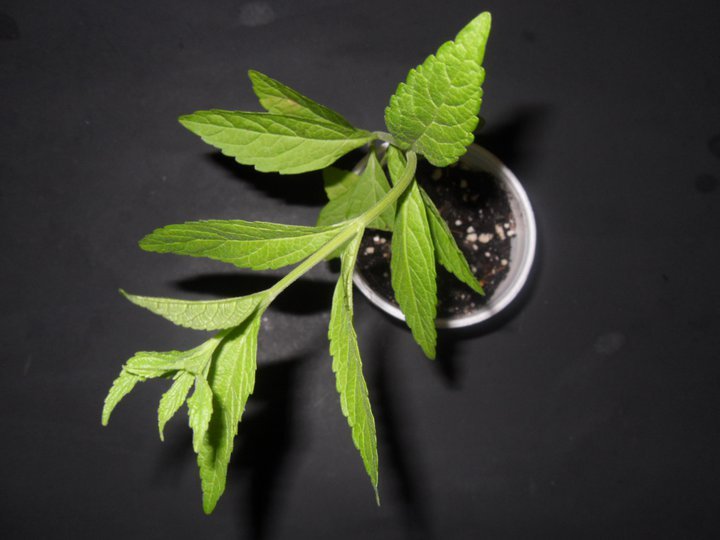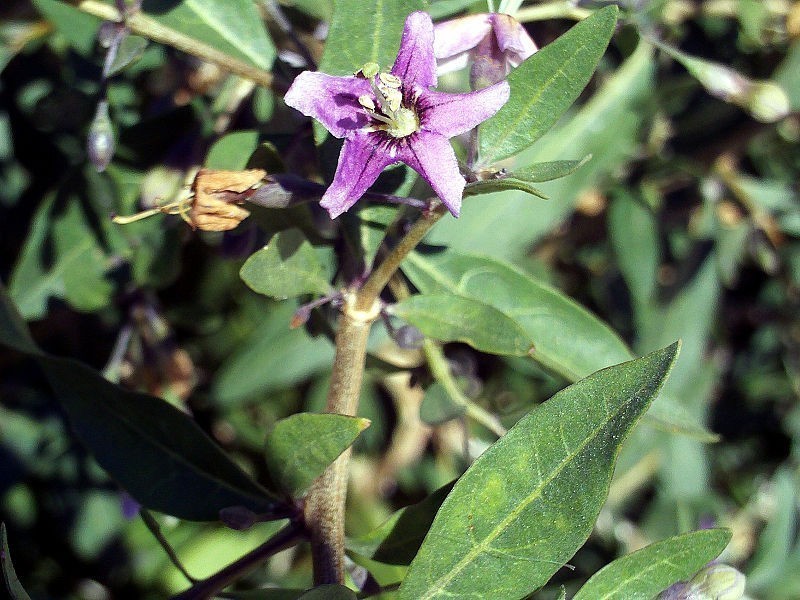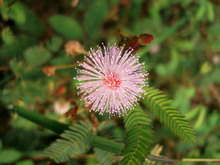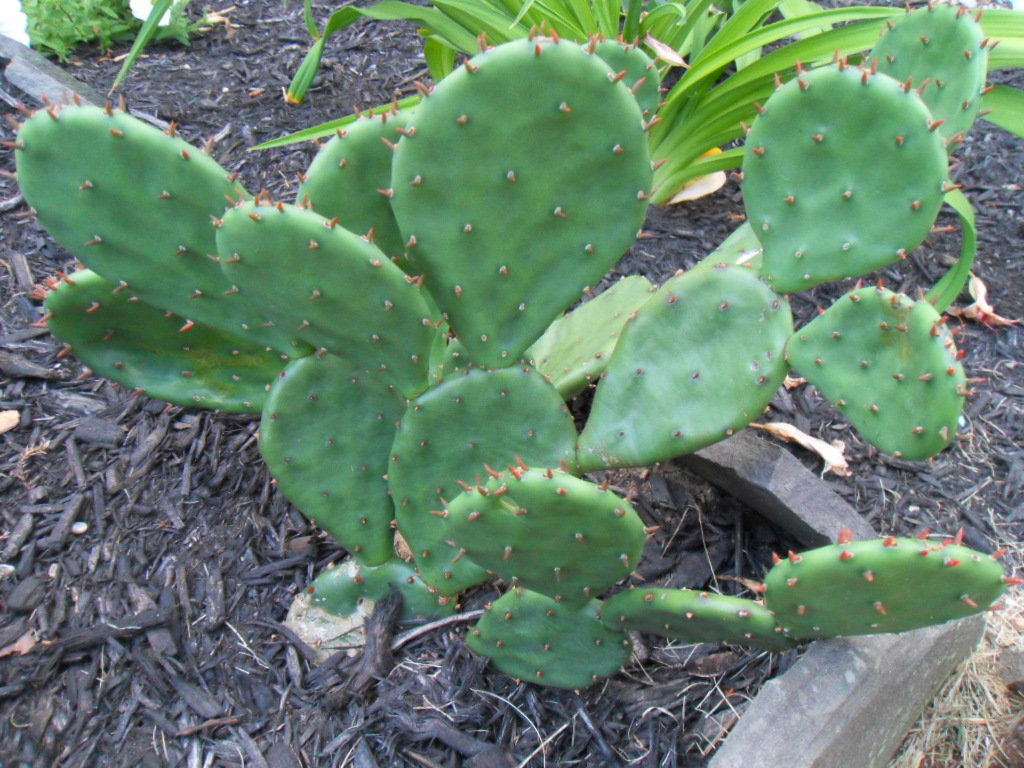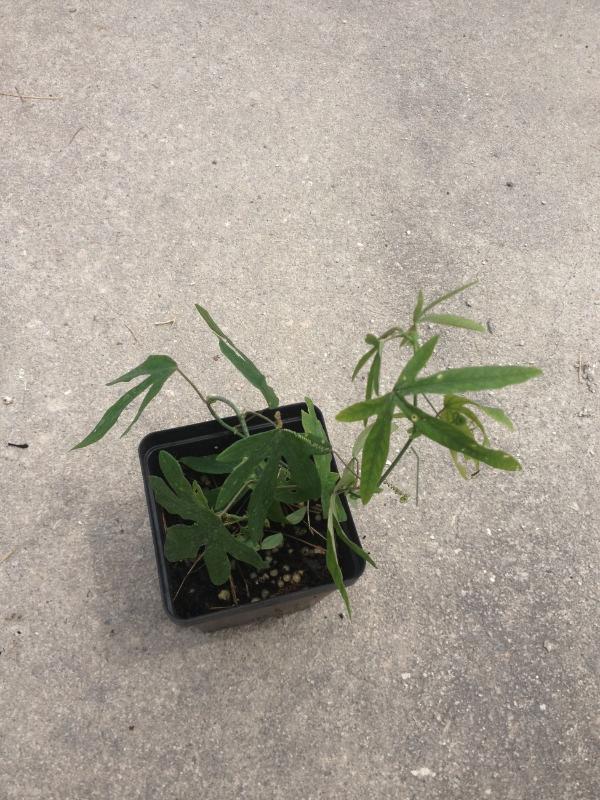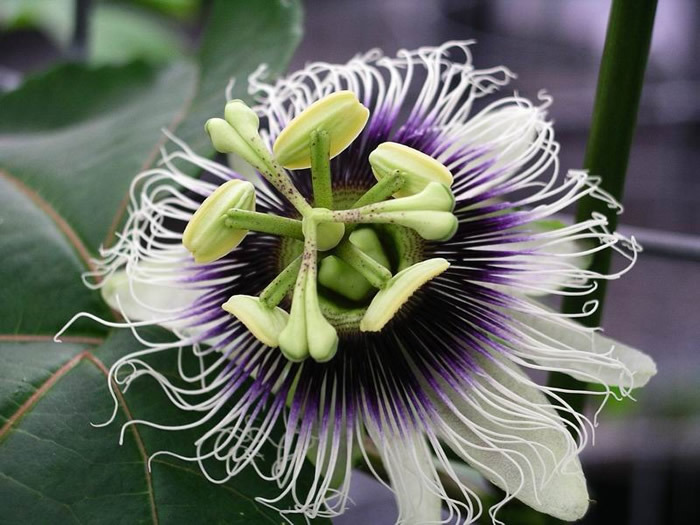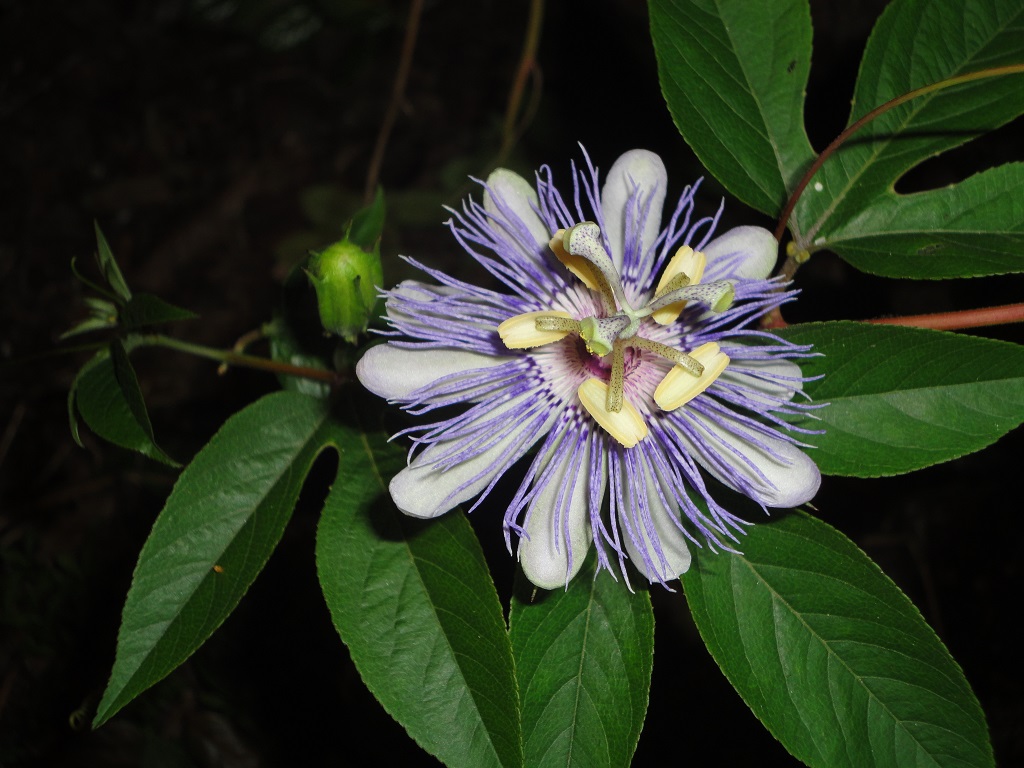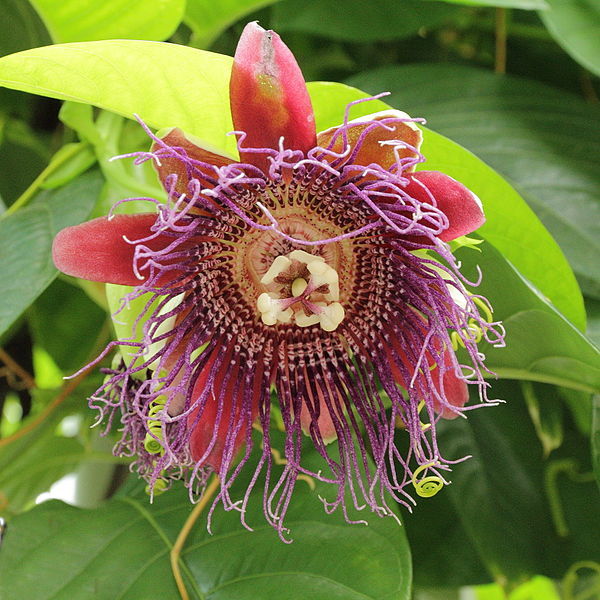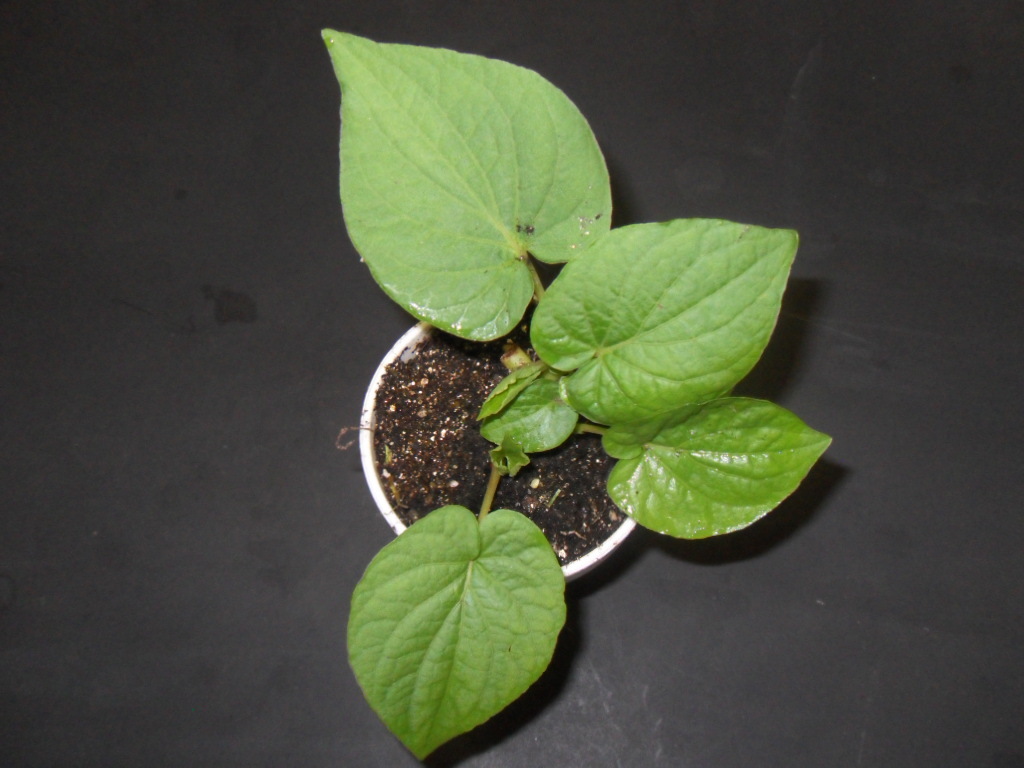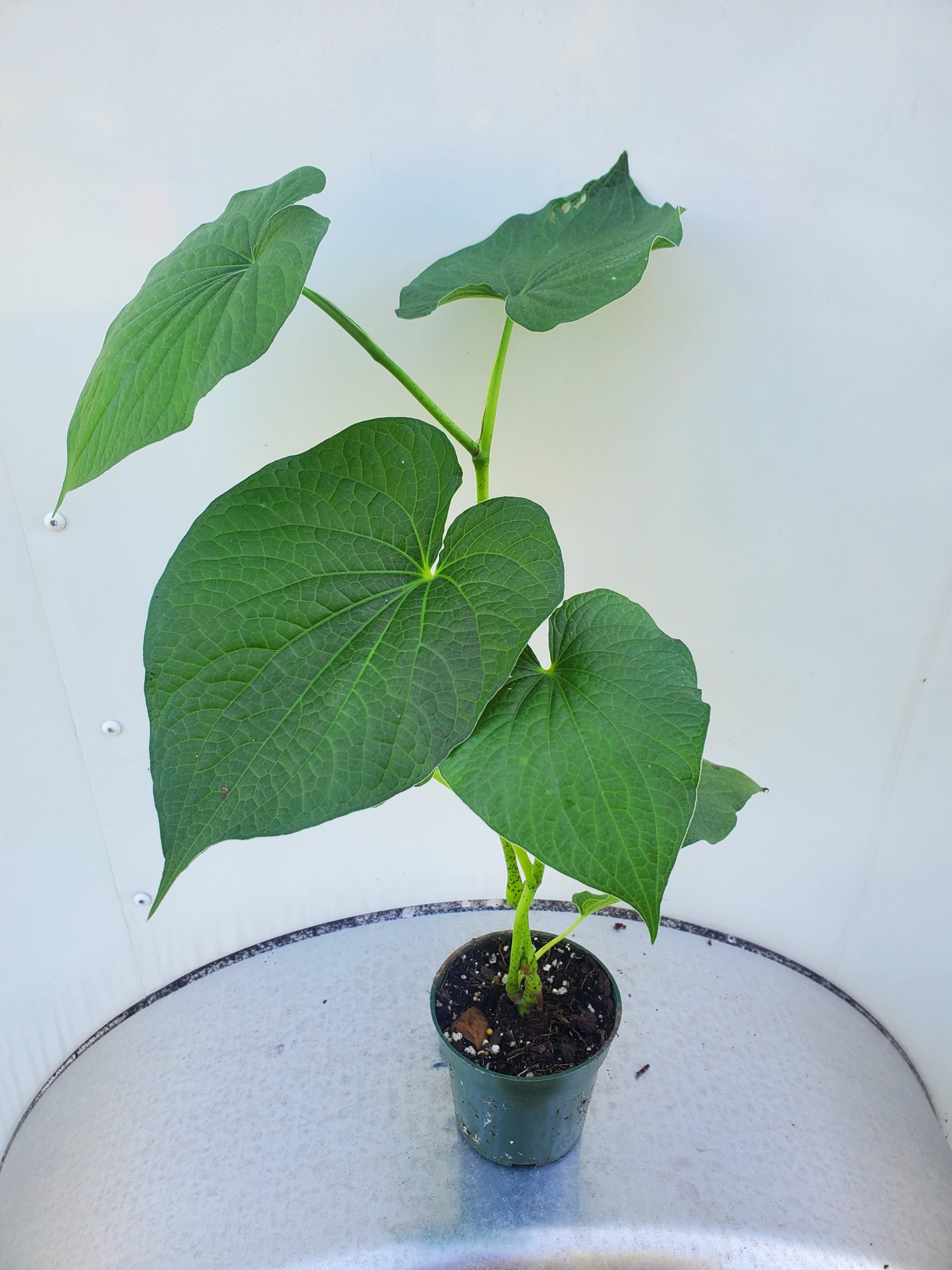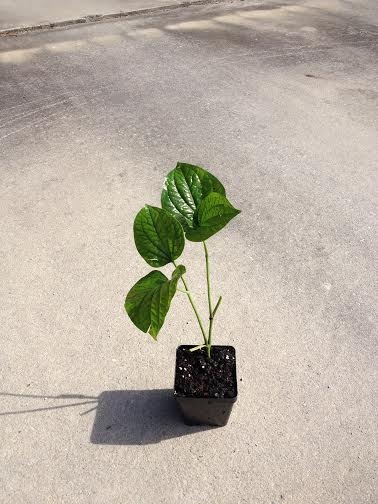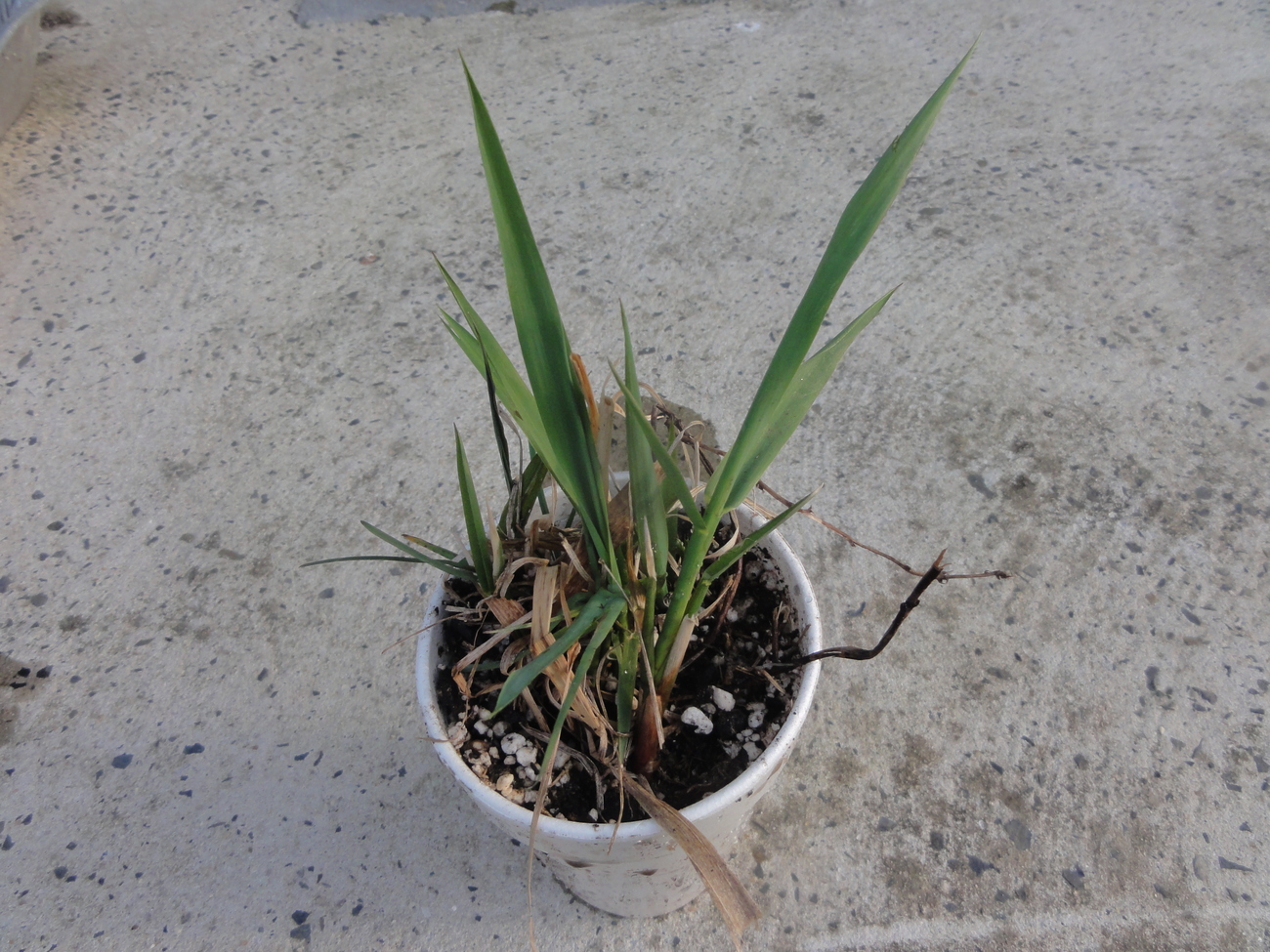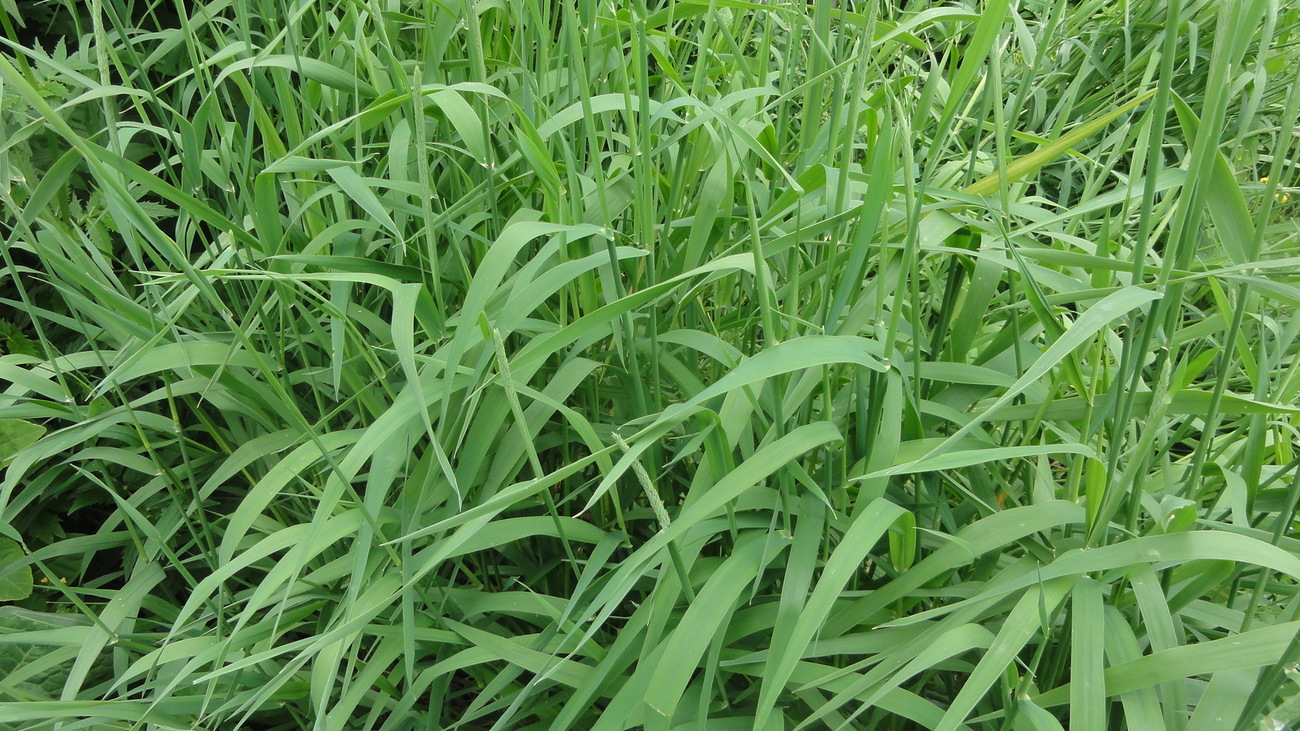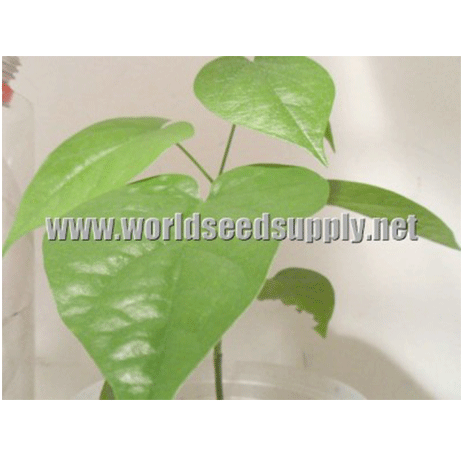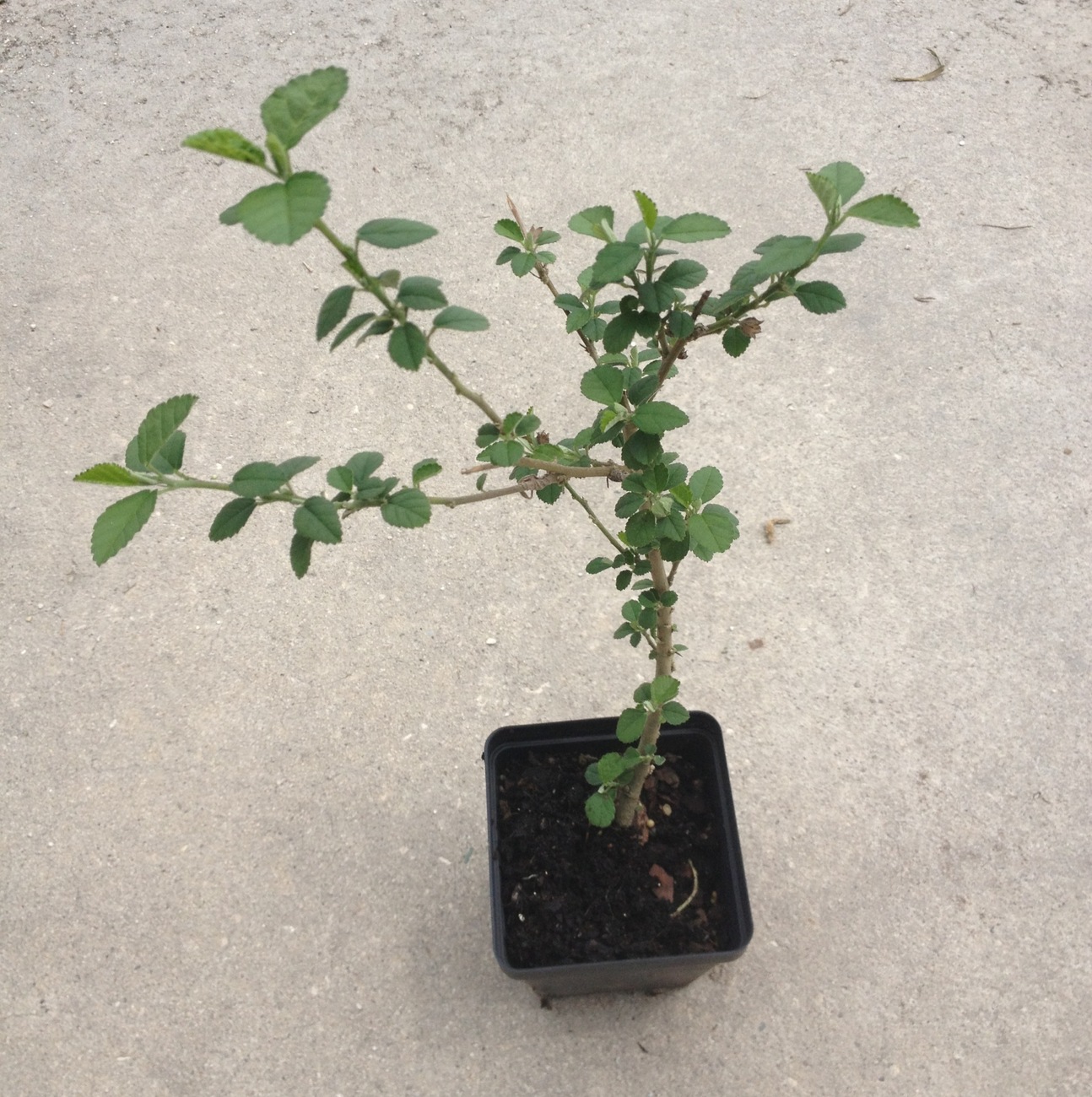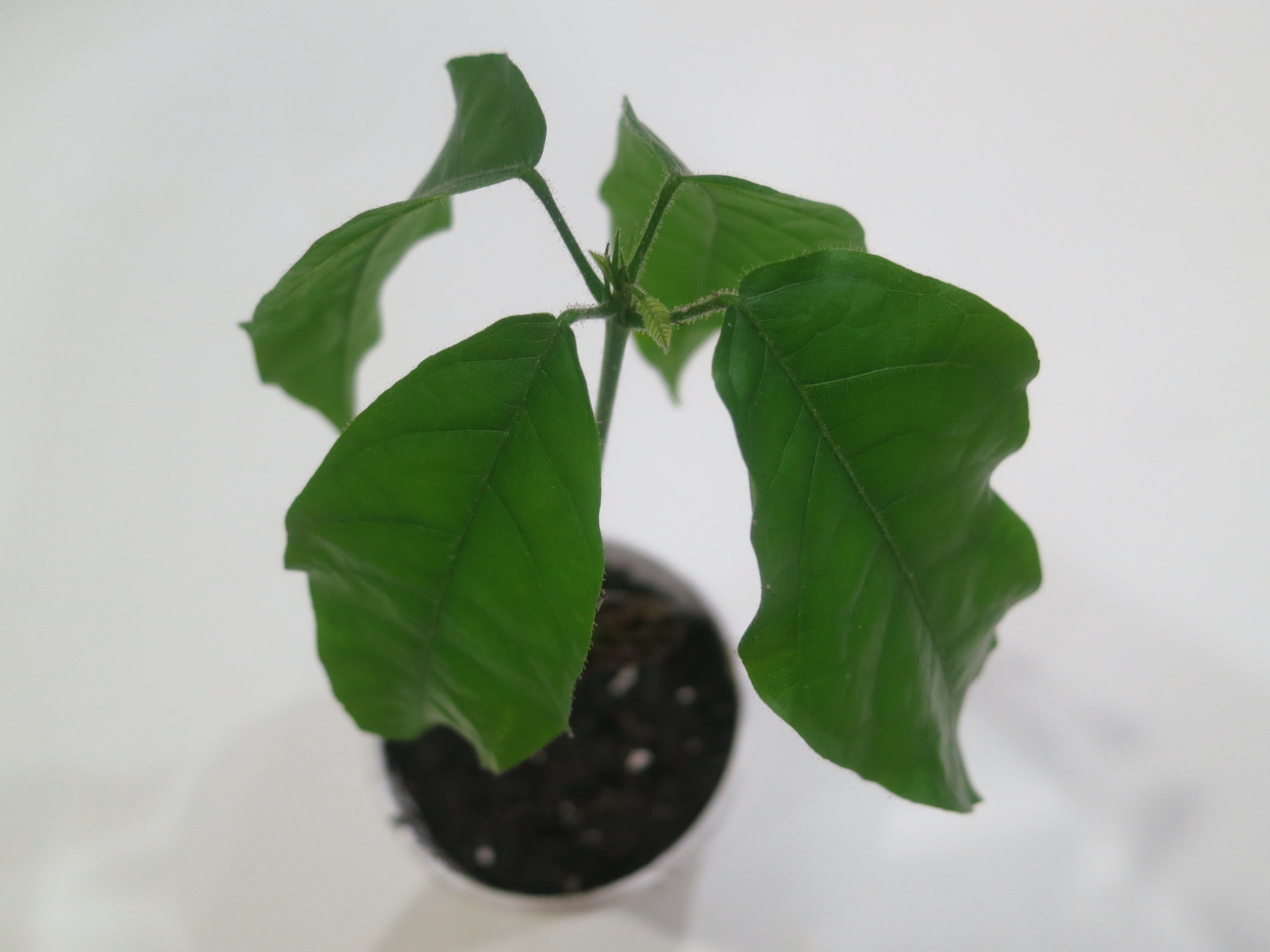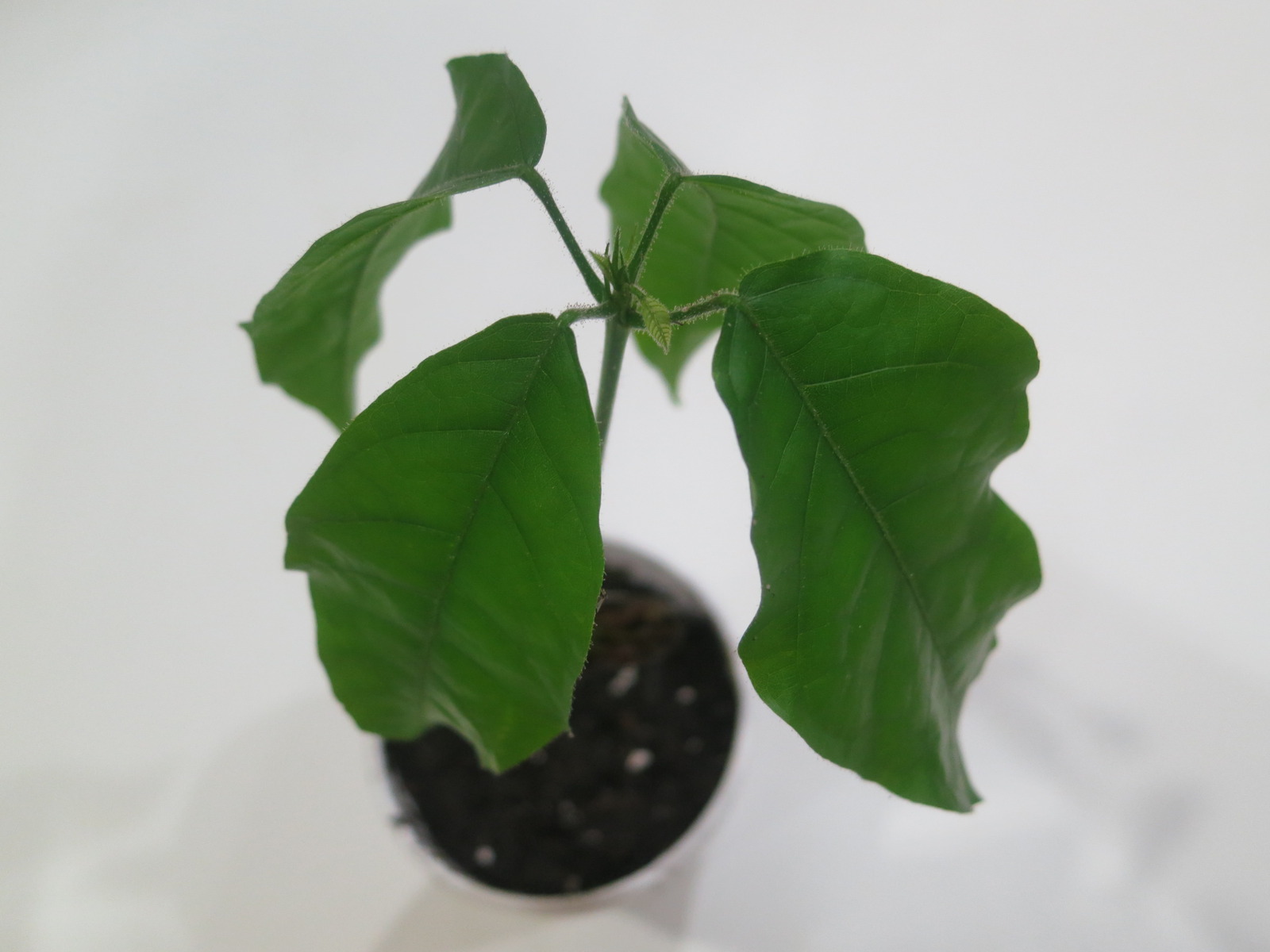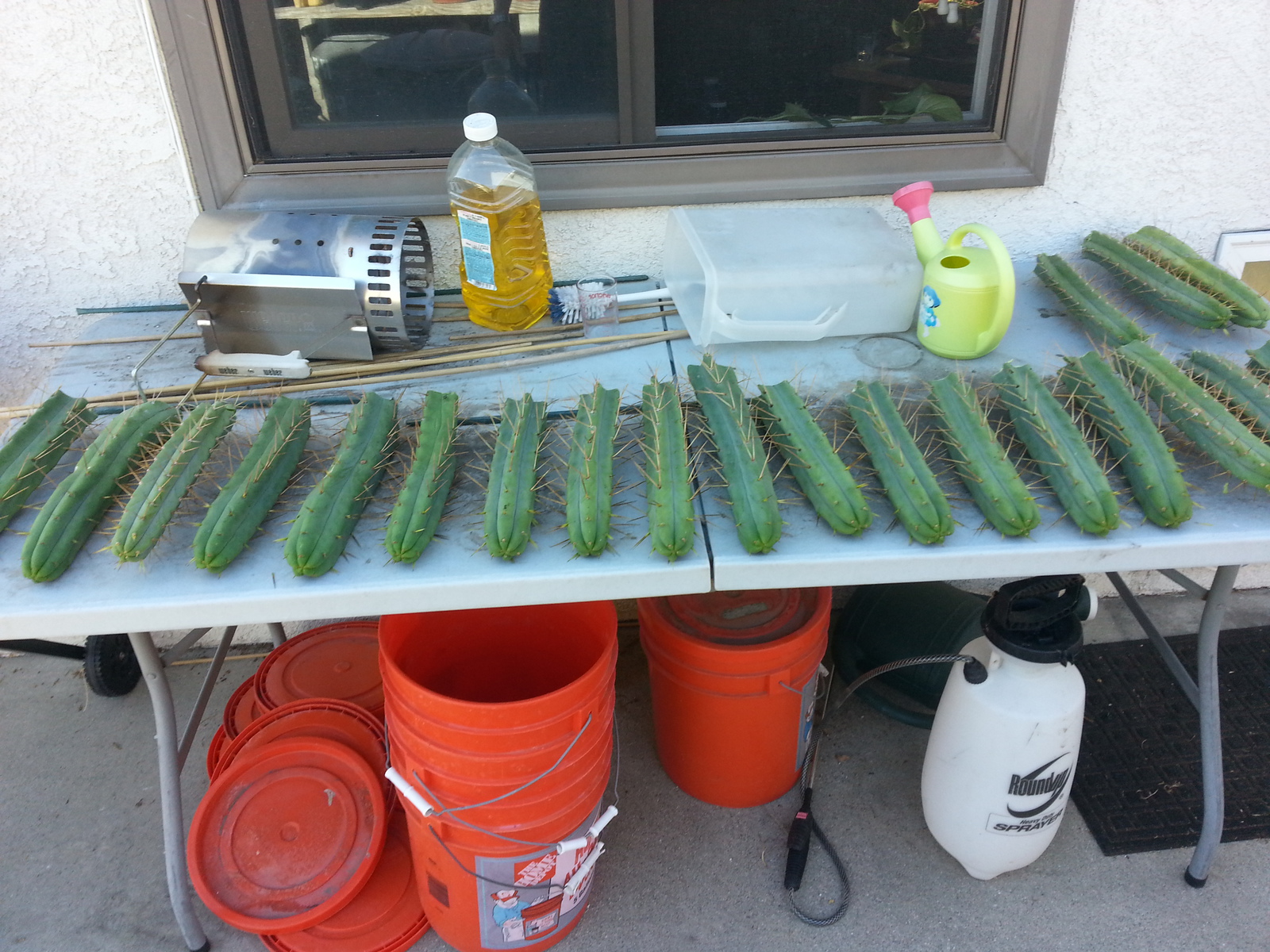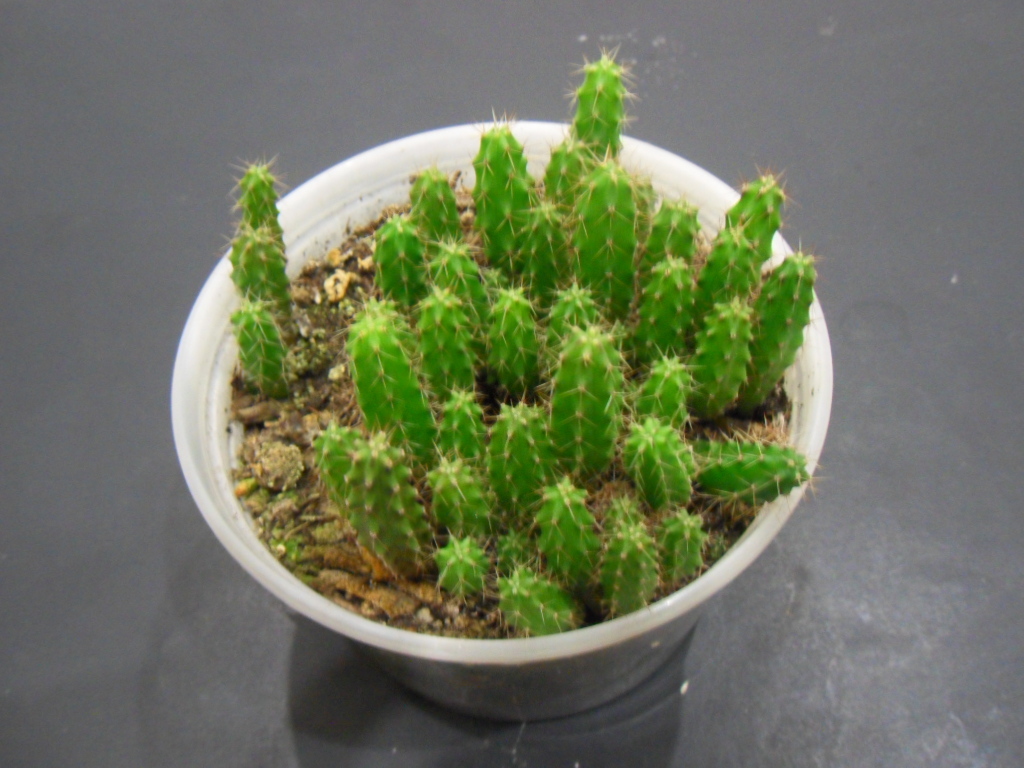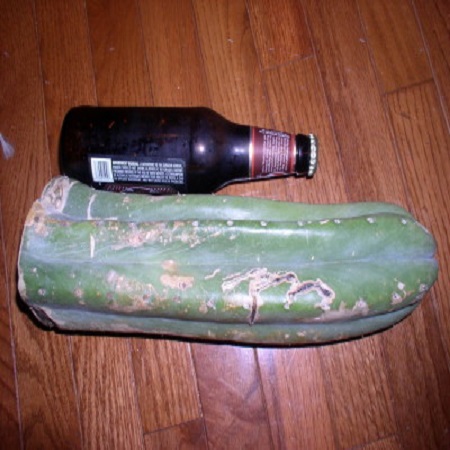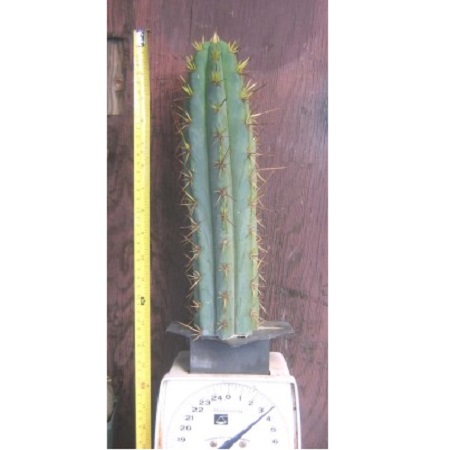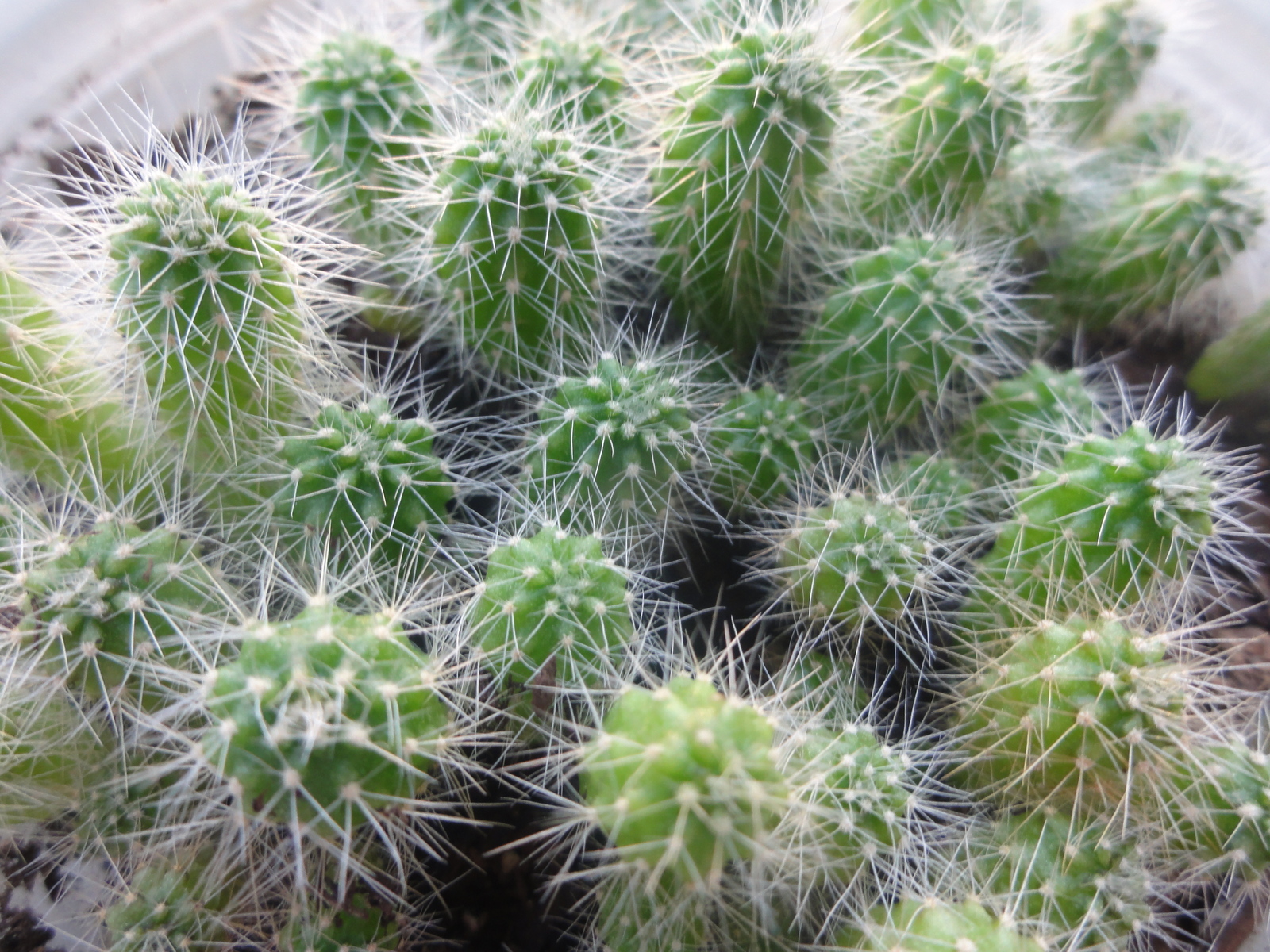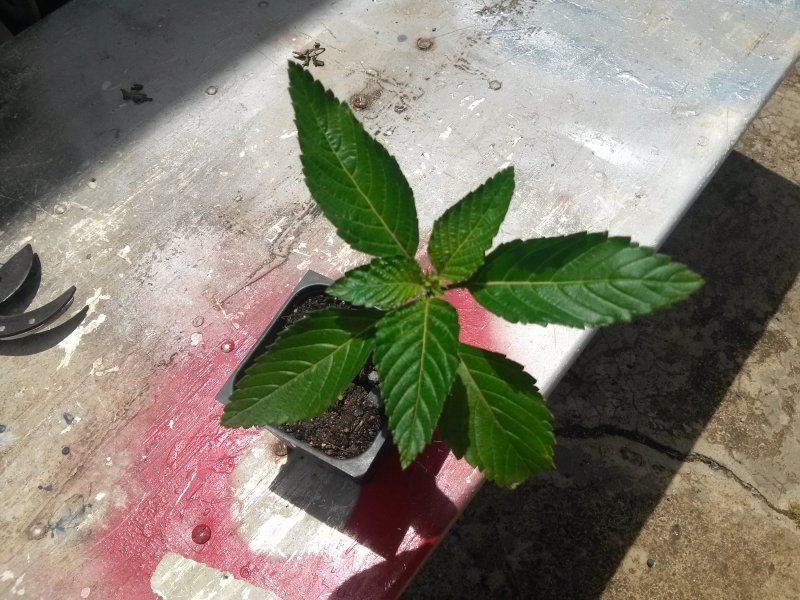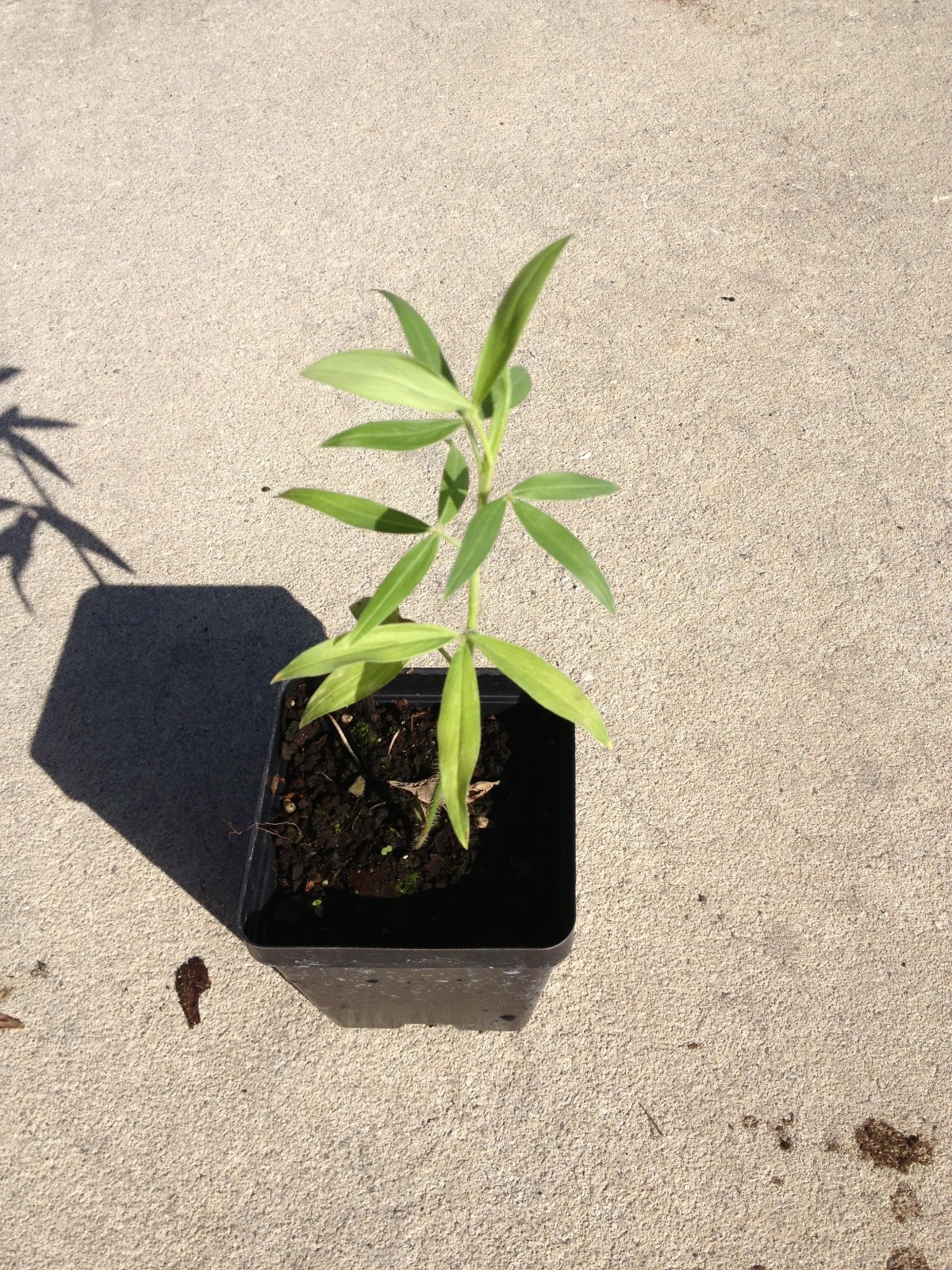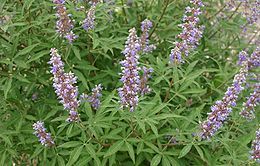
Vitex Agnus-castus, otherwise known as Chaste Tree, is an aromatic ornamental shrub that is related to verbena. Growing to anywhere between 10-20 feet in height, this winter-hardy species has spikes of lavender flowers and is sometimes referred to as wild lavender. Chaste tree, native to the Mediterranean, is generally considered an easy plant to grow and is tolerant of drought and poor soil as long as it is well-draining. In the past, chaste berries, which look similar to peppercorns, were used as a pepper substitute. This led to the name Monk’s Pepper Tree. The ancient Greeks and Romans believed that the chaste tree was capable of warding off evil. In magick, chaste berries are used as a protective herb for banishing evils from the household and removing negative energy. It is considered useful for purification, chastity and fertility. In herbal medicine, chaste berries are also used to balance hormones, especially during PMS episodes, and as a tonic for the female reproductive system. As part of this, chaste berries are also said to improve breast milk production. Chaste berries are also pounded down and applied for various pains, spasms and inflammation. Additionally, they are used to stop flatulence and diarrhea while promoting urination.
Growing Information: Seeds will benefit from exposure to cold for 3 weeks prior to germination. This can be accomplished by keeping refrigerated in a moist paper towel or moist sand. Afterwards, sow your seeds at a depth of about 1/2″ in a well-draining soil. Drainage is essential with this species, even though it can tolerate infertile or alkaline soils. Keep the soil warm and moist. Even after germination, the best growth will occur when the soil stays evenly moist (not wet). However, this species is known to tolerate drought. This plant can be grown indoors in a sunny location or outside. It is considered hardy in zones 5-9. When planting outdoors in a permanent location, it is best to wait until the plant reaches a height of about 1-2 feet so that it will be large enough to endure its first winter. Full sun will produce the best growth, although this species can tolerate partial sun. Trim back after frost if desired.
In purchasing, international buyers agree to assume the risk of arrival of all items. We cannot replace lost or seized items. You will be required to confirm that you agree to these terms before items can be sent.

